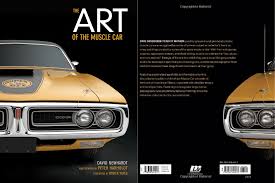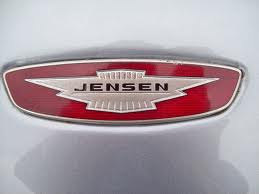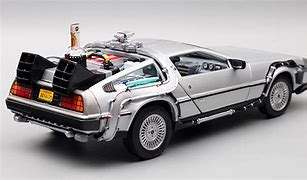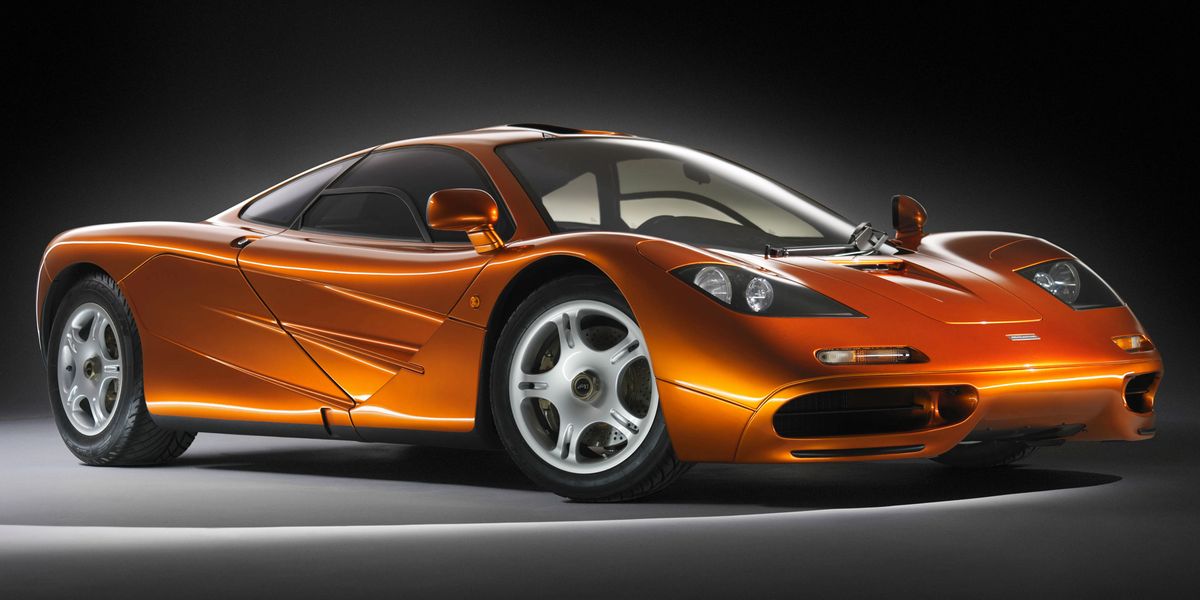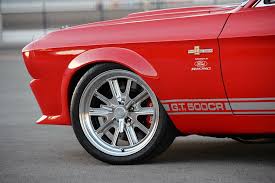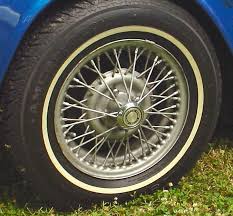A brief history of
Jensen
Introduction
The car manufacturer Jensen has made an important impact on the automotive world. In this article we will give a brief but detailed history of the Jensen marque.
We will look at the origins of Jensen looking at who, why, where and when Jensen was founded. We'll look at the design of the iconic Jensen logo and what are some the more significant Jensen models.
We'll take a glance at what racing history the Jensen has and who some of the most important people have been in the history of Jensen over the years.
Who, where, when and why was
Jensen founded?
Jensen Motors, a British car manufacturer, was founded in 1934 by brothers Alan and Richard Jensen. The company was established in West Bromwich, England, and quickly gained a reputation for producing high-quality and stylish automobiles. The Jensen brothers had a passion for engineering and craftsmanship, which drove their vision for creating exceptional vehicles.
The Jensen brothers initially focused on producing bodies for other car manufacturers, but in 1936 they unveiled their first complete car, the Jensen Model A. This marked the beginning of their foray into manufacturing their own automobiles. The company's dedication to craftsmanship and attention to detail helped them gain recognition, and Jensen cars were admired for their elegant designs and luxurious features.
During the 1950s and 1960s, Jensen expanded its lineup and introduced some of its most iconic models. In 1950, the Jensen Interceptor made its debut, featuring a powerful engine and a sleek design. The Interceptor was followed by the Jensen CV8 in 1962, a grand tourer known for its exceptional performance and distinctive styling.
In 1966, Jensen made headlines with the introduction of the Jensen FF, a revolutionary sports car that was the first production car to feature all-wheel drive. The FF showcased Jensen's commitment to innovation and its willingness to push the boundaries of automotive technology.
Unfortunately, despite their success in producing remarkable cars, Jensen Motors faced financial difficulties in the late 1960s and early 1970s. The company changed ownership multiple times and struggled to maintain profitability. In 1976, production ceased, marking the end of an era for Jensen Motors.
Although the original Jensen company is no longer in operation, the brand's legacy lives on. Jensen cars continue to be admired and cherished by collectors and enthusiasts around the world. The craftsmanship and attention to detail that defined Jensen vehicles are still appreciated today, making them sought-after classics.
How did the
Jensen logo originate?
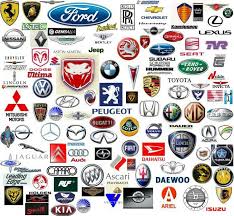
How did the Jensen logo originate?
The logo of Jensen Motors, the British car manufacturer, has evolved over the years to reflect the brand's identity and values. In the early years, the company used a simple yet distinctive emblem that featured the letters "J" and "M" intertwined, representing the Jensen Motors name. This logo was a reflection of the Jensen brothers' dedication to their craft and their commitment to producing exceptional automobiles.
As the company grew and introduced new models, the logo underwent several revisions to keep up with the changing times. In the 1950s, Jensen introduced a new logo that featured the company name spelled out in elegant, cursive lettering. This logo embodied the sophistication and style of Jensen cars, emphasizing their reputation as luxurious and desirable vehicles.
In the 1960s, with the introduction of the iconic Jensen Interceptor and Jensen CV8, the logo took on a more streamlined and modern look. It featured bold lettering in a clean, sans-serif font, accompanied by a simple, geometric shape. This logo represented the company's commitment to innovation and reflected the sleek design language of its vehicles.
Throughout its history, the Jensen logo remained a symbol of quality and craftsmanship, reflecting the brand's heritage and the values it stood for. While the company faced financial difficulties and eventually ceased production, the Jensen logo remains an emblem of the brand's legacy and the admiration it garnered from automotive enthusiasts.
Today, the Jensen logo continues to evoke a sense of nostalgia and reverence for the classic cars produced by the company. It serves as a reminder of the craftsmanship and design excellence that defined Jensen Motors and its contribution to the automotive industry.
What are some of the significant
Jensen models?
Jensen Motors produced several significant models throughout its history, with a particular focus on higher performance vehicles that combined power, luxury, and style. From the early years to its final productions, Jensen showcased its engineering prowess and design innovation in these iconic models.
One of the notable models from the early era of Jensen was the Jensen 541. Introduced in the 1950s, the 541 featured a sleek and aerodynamic body design, setting it apart from other cars of its time. It was powered by a powerful inline-six engine and boasted impressive performance capabilities. The 541R variant, introduced in the early 1960s, featured further enhancements, including disc brakes and a revised suspension system, making it an even more formidable performer on the road.
In the 1960s and 1970s, Jensen gained significant recognition for the production of the iconic Jensen Interceptor. Available in various iterations, including the Mark I, Mark II, and Mark III, the Interceptor embodied the perfect blend of luxury and performance. These grand tourers were powered by powerful V8 engines, delivering impressive acceleration and top speeds. The Interceptor featured luxurious interiors, advanced features, and a distinctive design that turned heads wherever it went.
Another noteworthy model from Jensen's lineup was the Jensen FF. Introduced in the late 1960s, the FF (Ferguson Formula) was the world's first production car to feature all-wheel drive. It combined the power and performance of the Interceptor with enhanced traction and handling capabilities, making it suitable for various road conditions. The FF also introduced advanced features like anti-lock brakes and traction control, setting new standards in automotive technology.
In the final years of Jensen's production, the company introduced the Jensen S-V8. Launched in the late 1990s, the S-V8 was a modern interpretation of the classic Jensen design. It featured a lightweight aluminum body and was powered by a powerful V8 engine, delivering exhilarating performance. The S-V8 showcased Jensen's commitment to blending timeless design with contemporary engineering.
These models represent just a fraction of the significant cars produced by Jensen Motors. Each model showcased the brand's dedication to producing high-performance vehicles that offered a unique blend of luxury, style, and driving excitement. Jensen's legacy in the automotive world lives on through these iconic models that continue to captivate enthusiasts and collectors today.

One of Jensen's Most Iconic Models
Who are some of the most important people in
Jensen's History
Behind the success of Jensen Motors were several individuals who played significant roles in shaping the company's history and reputation. These talented and visionary people contributed their skills, expertise, and passion to create some of the most memorable cars in the automotive industry.
One of the key figures in the Jensen story was Richard Jensen, one of the company's co-founders. Alongside his brothers Alan and Norman, Richard played a crucial role in establishing Jensen Motors in the early years. Richard Jensen was known for his engineering prowess and contributed to the design and development of the early Jensen models. His dedication to craftsmanship and attention to detail laid the foundation for the brand's commitment to quality and excellence.
Another significant figure in Jensen's history was Eric Neale, who joined the company in the late 1940s. Neale was a talented engineer and designer who contributed to the development of several iconic Jensen models. His innovative approach to car design resulted in unique features and distinctive styling cues that set Jensen cars apart from their competitors. Neale's contributions were particularly notable in the design of models like the Jensen 541 and the Interceptor, which showcased his ability to combine elegance, performance, and functionality.
Additionally, the renowned designer Carrozzeria Touring played a pivotal role in shaping Jensen's legacy. The Italian coachbuilding company collaborated with Jensen to create the stunning bodies for models like the Interceptor. Touring's expertise in creating lightweight and aerodynamic designs complemented Jensen's engineering prowess, resulting in visually striking and performance-oriented vehicles that captured the attention of enthusiasts worldwide.
Other individuals who made significant contributions to Jensen's success include engineers, designers, and craftsmen who dedicated their talents to refining and improving the company's models. Their collective efforts ensured that Jensen cars delivered exceptional performance, superior craftsmanship, and a distinct driving experience. Their dedication to innovation and their unwavering commitment to excellence helped establish Jensen as a respected name in the automotive world.
The legacy of these talented individuals lives on through the iconic Jensen cars they helped create. Their vision, expertise, and passion continue to inspire car enthusiasts and collectors, who appreciate the timeless design, exceptional performance, and unique character of Jensen vehicles.

One of the most influential people in the history of Jensen
Jensen's Racing History
Jensen Motors, although primarily known for their luxurious GT cars, also made a mark in the racing world with their participation in various motorsport events. While not as prolific in racing as some other manufacturers, Jensen showcased their engineering capabilities and performance prowess through their racing endeavors.
One of the notable racing moments for Jensen came in the 1950s when they participated in the prestigious Le Mans 24 Hours race. In 1951, a Jensen Interceptor made its debut at Le Mans, driven by Leslie Johnson and Tommy Wisdom. The car, equipped with a powerful six-cylinder engine, demonstrated its reliability and endurance by completing the grueling race. This achievement solidified Jensen's presence on the racing stage and showcased the brand's capabilities.
In the 1960s, Jensen took a more focused approach to motorsport, participating in various national and international racing events. They fielded their iconic Jensen CV8 model in endurance races, including the British Saloon Car Championship. The CV8, with its V8 engine and sleek design, proved to be competitive in its class, securing podium finishes and capturing the attention of racing enthusiasts.
One of the highlights of Jensen's racing history came in 1966 when they entered the prestigious European Touring Car Championship. Jensen fielded a specially prepared Jensen Interceptor, featuring a modified engine and chassis to meet the demanding requirements of touring car racing. The Interceptor showcased impressive performance and handling, competing against renowned manufacturers like Ford, BMW, and Alfa Romeo. Although facing tough competition, Jensen managed to achieve respectable results, further establishing their presence in the racing world.
Throughout their racing endeavors, Jensen demonstrated their commitment to performance and reliability. Their participation in various racing events allowed them to refine their engineering techniques, further improving the performance and handling characteristics of their road cars. While their focus remained on producing luxury GT cars, their racing activities added credibility to the brand and solidified Jensen's reputation as a manufacturer capable of producing high-performance vehicles.
While Jensen's racing exploits may not have been as extensive as some other manufacturers, their presence on the track showcased their commitment to pushing the boundaries of performance and engineering excellence. Their participation in events like Le Mans and touring car championships highlighted the capabilities of their cars and helped elevate the brand's status in the eyes of racing enthusiasts and car aficionados.
Summary
Jensen Motors was a car manufacturer that gained recognition for their luxurious GT cars and made a notable foray into the racing world. While not as prolific in racing as some other manufacturers, Jensen showcased their engineering capabilities and performance prowess through their participation in various motorsport events. From competing in the prestigious Le Mans 24 Hours race in the 1950s to their involvement in touring car championships in the 1960s, Jensen demonstrated their commitment to pushing the boundaries of performance and engineering excellence.
Throughout their racing endeavors, Jensen emphasized reliability and endurance, showcasing the capabilities of their cars on the track. Their participation in events like Le Mans and touring car championships added credibility to the brand and solidified Jensen's reputation as a manufacturer capable of producing high-performance vehicles. While their primary focus remained on producing luxurious GT cars, their racing activities allowed them to refine their engineering techniques and further improve the performance and handling characteristics of their road cars. Jensen's racing exploits elevated the brand's status among racing enthusiasts and car aficionados, highlighting their commitment to pushing the limits of performance and engineering excellence.
View Jensen Car Specifications
More Manufacturer Histories.
